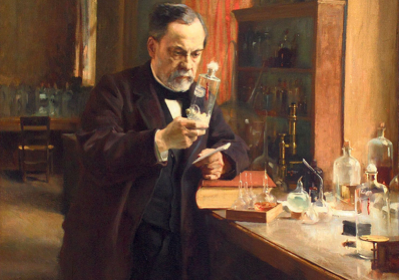Expanding Technology
Perhaps the greatest renovation to society done by industrialization, and certainly the most highlighted was the drastic progression of technology at the time. Britain a global empire increasingly relied more on trade through foreign trading routes, which required more efficient transportation. Even at home on the British Isles there was a need for more effective and better technology for labor and substantial economic growth. In effect the industries of iron, coal, and steam both supported and propelled the technological advancements during the 19th century.(Black and MacRaild 15)
Iron is largely overlooked in regard to its importance on industrialization because of the importance of steam power and more importantly because steel was developed fairly quickly and was a superior material compared to iron. Yet Iron was not only integral to early-industrialized machines but was used for the first railways that connected much of Britain and allowed for more expansion.(Black and MacRaild 17) When it came to shipbuilding iron too played a large role, particularly in Scotland. Much of British shipbuilding went to Scotland over the later half of the 19th century because of the location of iron mines and the availability of laborers familiar with the material.(Picard 19) Coal was not a new discovery by the 1800’s but the ways in which it could be used were expanding and it played a key role in early industrialization. “Coal was the fuel of industrialization, and Britain lead in its production”. In fact by the 19th- century Coal had replaced wood as the primary heating source for many industries like brick making or glass blowing.(Black and MacRaild 16) Britain with a large industrial demand for coal and also being a leading producer of it found itself needing deeper and deeper mines. The deeper a mine goes the more water seeped in, which forced companies to pump it out if they wished to use the mine. The answer was in technological development of another industry.
Steam power was the social and industrial “icon of the New Age” that allowed people to transport goods more effectively all over the globe and in considerable less time, and by the 1790’s two men, Boulton and Watt had created a steam engine capable of 953-horsepower.(Black and MacRaild 18) Steam power was used in many aspects of life from transportation to industry. Better steam engines increased Britain's ability to govern itself by deploying administrators or soldiers dramatically would have increased from the switch from sails to steam. The very importance of steam power was incredible and although it had become widely used by 1850’s it was still considered a relatively new technology, one that Queen Victoria had put on 247 of her 254 total ships by 1856.(Biddle 108) Ships were not the only steam powered modes of transportation. Railroads are in fact the perfect example of the role of iron, coal and steam since all were necessary to produce working tracks and engines.
- Eric Bly

